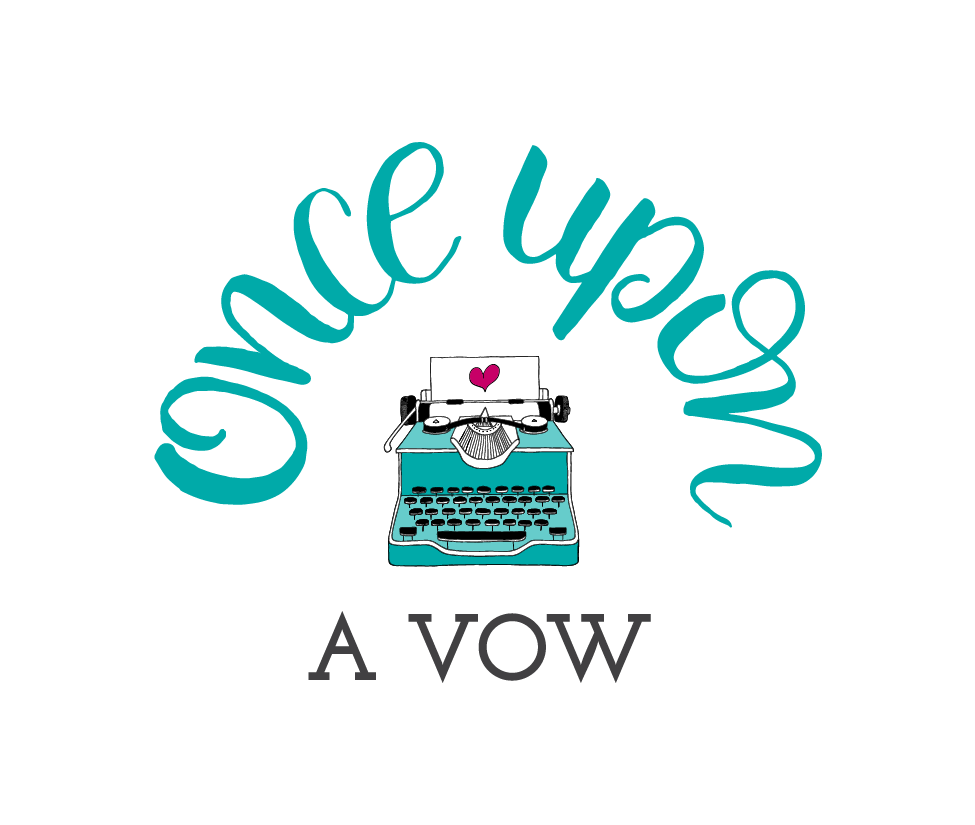Three Tips for an Engaging Bilingual or Multilingual Wedding Ceremony
Many bilingual or multilingual partnerships wonder how they can plan a wedding that seamlessly connects all their loved ones to the joyful personal touches throughout. We definitely don’t want the abuelitas and aunties to feel left out, ESPECIALLY during the wedding ceremony.
Since we are increasingly becoming a multicultural, multilingual world, it’s so important to find ways to blend your culture, your roots, and of course your language to honor the beautiful corners of the world that made you who you are. Trust us, it’s also incredibly important for your guests! Alongside other multilingual wedding vendors, we spoke to Love Inc. magazine to share our two cents about planning a bilingual or multilingual wedding.
Photographer: Bee Serene • Officiant: Once Upon A Vow • Venue: 26 Bridge
As your trusted neighborhood bilingual Latine wedding officiants, we’re sharing three tips for an engaging bilingual or multilingual wedding ceremony:
1. HIRE A BILINGUAL OR MULTILINGUAL WEDDING OFFICIANT
It might seem like this goes without saying but let’s cover our bases, shall we? You want to choose someone who speaks your languages fluently in order to seamlessly ground everyone in this milestone moment and share your story. Your wedding officiant has the power to connect your loved ones through the power of storytelling so it’s important that they’re able to share what matters to you authentically. Sometimes it gets a bit harder to find an officiant who speaks all the languages especially if you’re multilingual, so it’s important to consider tips two and four.
2. CONSIDER YOUR GUESTS TO DETERMINE THE PRIMARY AND SUMMARY LANGUAGES
We recommend avoiding word-for-word translations throughout the entirety of your ceremony as that will double or triple the length of your wedding ceremony. Not to mention, it will soon become quite a bore for those who understand all the languages spoken. Instead, you’ll want to think about the primary languages your guests understand and speak. For example, if a majority of your guests are English speakers with a few Spanish-only speakers, we recommend that the primary language is English and the summary language is Spanish.
The summary language is exactly what it sounds like. This is the chosen language that will get to the gist of what was previously said. It will also be the language that bridges what was said and what will be said. The summary language gets to the heart of what your officiant is saying with broad strokes that tells your story and guides loved ones on what’s taking place.
The parts that we recommend can be translated word-for-word are the sections that are repeated for each partner. This oftentimes can be the Declaration of Intent aka The I Do’s, repeat-after-me vows, and the ring exchange.
Photography: Kelly Prizel • Officiant: Once Upon A Vow
3. EMBRACE THE ISH
By ish, we mean Spanglish, the mixed language of first-gen and US-raised immigrant kids. The ish includes the mixed language from all ethnicities, of course. New York City, and many major cities, are melting pots where the multiracial among us have created our own mixed language jargon that is specific to our multicultural experiences so if it feels right to you to be a bit less formal in some areas of your wedding ceremony, we encourage you to do it! Remember your wedding ceremony can still be a meaningful experience that captures the importance of this milestone moment without needing to button up the entirety of your ceremony with the formal version of your language(s).
Most of us don’t speak formally or properly in our day-to-day lives anyway, right?! Besides, we believe speaking plainly in your wedding ceremony sparks deeper connection. By including the ish, you are fostering a sense of community and speaks to your specific shared experience as a multilingual kid growing up in a predominantly English-speaking world.
4. WELCOME LOVED ONES TO SPEAK
If you’re multilingual and your wedding officiant doesn’t speak all the languages that are important to include in your wedding ceremony, consider inviting loved ones to come forward to share a reading, a blessing, or lead a wedding ritual in the additional chosen language(s). In this way, if your chosen officiant only speaks two out of three languages, you are including the third language in a meaningful way that uplifts the wedding ceremony and can be summarized in the remaining languages.
You, as the couple, can also opt to say your wedding vows in multiple languages. If you’re the English-only speaking partner, we ask you to think about saying a couple of lines in another language in order to surprise your partner’s family. Trust us, as Latines who married English-only speakers, our families swoon over our partners when they attempt to speak Spanish. Over the past nine years of officiating bilingual weddings, we’ve noticed that the same holds true across the board. Especially on wedding days! It’ll be the highlight that countless loved ones will talk about after the wedding ceremony. TALK ABOUT MAJOR BROWNIE POINTS!
Hire a wedding officiant from Once Upon a Vow to create a personalized and memorable ceremony. We allow couples to express their love by saying vows in multiple languages, making the celebration inclusive and meaningful. Our officiants help craft vows that reflect your unique story and values, ensuring your wedding day is unforgettable.



